High Country Radon Solutions
Radon Mitigation
Honesty, Transparency, and Quality of Work
WHAT IS RADON?
Radon is a colorless, odorless, radioactive gas that forms naturally in soil. Radon is produced when uranium in the soil breaks down.
WHY IS RADON A CONCERN?
Radon is known to cause lung cancer, and it can seep into homes and workplaces through cracks and openings in floors and crawlspaces. When this happens, radon becomes part of the air we breathe in higher concentrations.
Request Service
Contact Us
We will get back to you as soon as possible.
Please try again later.
How to Test Your Home for Radon?
Contact us for a radon test! Our continuous radon monitors test over a 48 hour period to capture average radon levels as well as maximum and minimum radon levels. Your results can be instantly accessed and emailed to you once the test is complete. You will be able to see radon levels in your home hour by hour on our unique test results format.
If radon levels in your home are high:
* A mitigation system should be installed if the concentration of radon is equal to or more than 4 pCi/L. These systems should include sealing cracks and openings and installing PVC piping and a fan to remove radon gas, to prevent radon from entering your home.
CAN RADON MAKE ME SICK?
When a person is exposed to radon over prolonged periods of time, the exposure can increase the risk of lung cancer. Radon is the second-leading cause of lung cancer in the United States; only smoking causes more lung cancer.
Radon is the leading cause of lung cancer in non-smokers.
Each year, about 20,000 deaths in the United States are attributed to radon-caused lung cancer. Risk of lung cancer from radon is almost 10 times higher for smokers compared to those who have never smoked. Smoking and radon together create a greater risk of lung cancer than either one alone.
High radon levels in your home can mean the equivalent of receiving over 200 chest x-rays in a year’s time.
WHO IS AT RISK?
Everyone with prolonged radon exposure increases their risk for lung cancer.
- Smokers are at higher risk of lung cancer. Exposure to a combination of smoking and radon creates a greater risk than either factor alone.
- While some studies have reported that children are at greater risk than adults for certain types of radiation-caused cancers, currently there is no conclusive data that their radon risk is greater than adults.
- In Western North Carolina, we have high levels of radon in our soils. Alleghany and Watauga Counties have some of the highest radon levels in North Carolina.
"Adam with High Country Radon Solutions is a first-class business. Adam's pricing is reasonable and his work is top-notch! Adam is a professional who is very knowledgeable on radon mitigation. I highly recommend this business! You can't go wrong!"
-Johnny H.
It is our mission at High Country Radon Solutions LLC to ensure your family's health and safety by providing radon testing and radon mitigation systems with our service guarantee.
Why choose us? The reason is simple: We respect and appreciate our customers. Our free estimate is not an estimate - it's a guaranteed price.
What sets us apart? We guarantee our work, which means we come back and test each building that we install a mitigation system in free of charge to insure our system actually is doing what we need it to. We believe in communicating with our customers after the work is complete and always answering any questions or addressing any concerns.
Take a look at what our clients say!
New Paragraph
 Rating
Rating
Frequently Asked Questions
Got a question? We’re here to help.
-
How effective are radon mitigation systems in reducing radon levels?
Radon mitigation systems are highly effective when installed correctly. They can reduce radon levels by up to 99%, ensuring that indoor air quality is safe and within acceptable limits.
-
What are the health risks associated with radon exposure?
The primary health risk associated with radon exposure is lung cancer. Radon is the second leading cause of lung cancer after smoking, and the risk increases with higher levels of radon and longer exposure.
-
What steps are involved in radon remediation for a residential property?
Radon remediation involves testing the home for radon, assessing the results, designing a custom mitigation system, installing the system, and conducting follow-up testing to ensure the radon levels are reduced to safe levels.
-
How can I improve indoor air quality in addition to radon mitigation?
To improve indoor air quality, you can ensure proper ventilation, use air purifiers, regularly change HVAC filters, control humidity levels, and avoid using products that release harmful chemicals indoors. Regular radon testing and mitigation are also crucial.
Quick & Reliable
We believe in honesty, transparency, and quality of work.
All Rights Reserved | High Country Radon Solutions LLC
Powered by New Heights & Sites | Terms of Service | Privacy Policy

